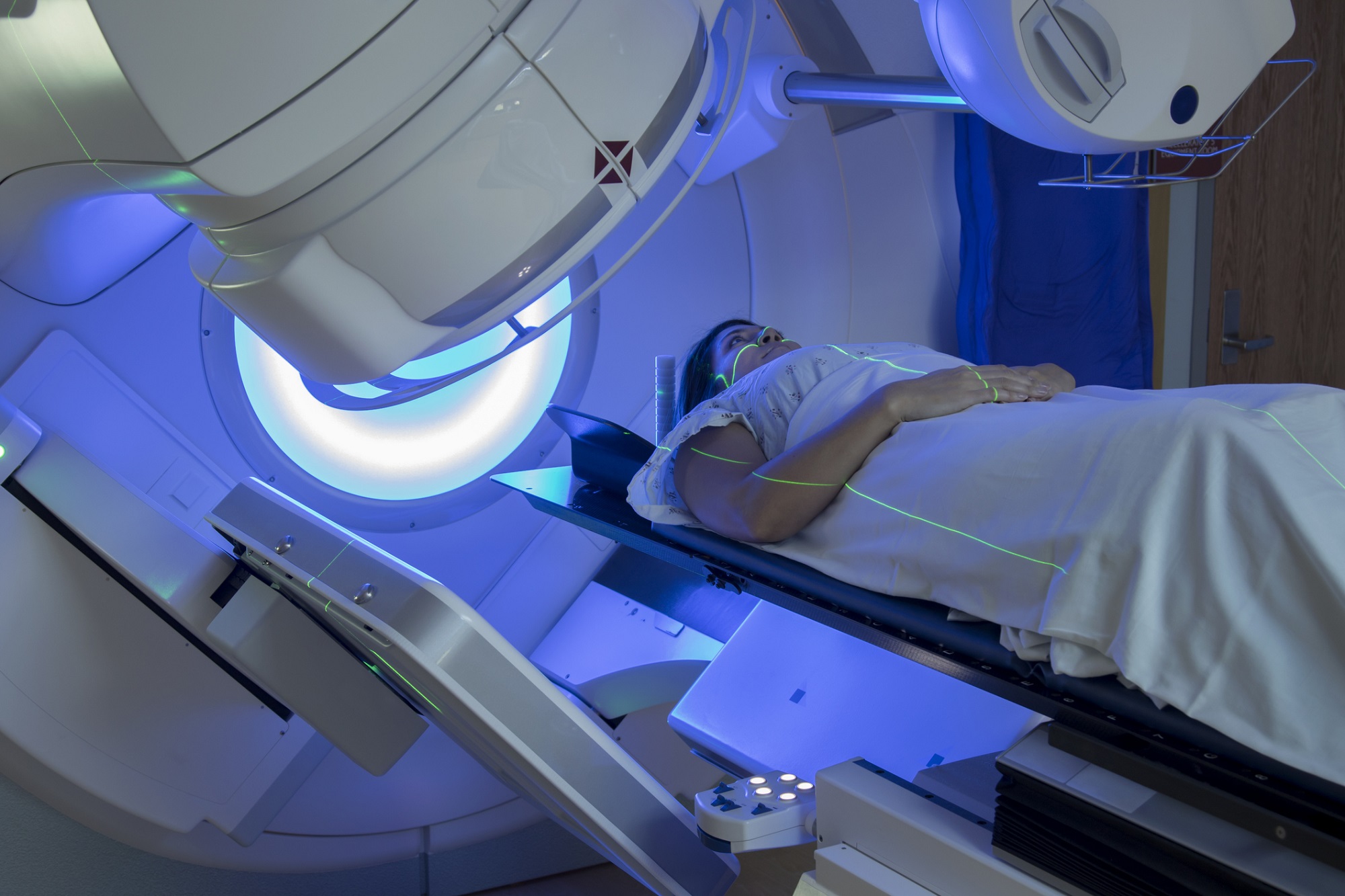Hyperthermia, the treatment process of subjecting body tissues to heat, has been a novel adjunctive therapy in cancer treatment. Over the last decade, hyperthermia and cancer treatment have been focus areas of research with much attention in their potential to enhance treatment outcomes. Though conventional cancer therapies such as surgery, chemotherapy, and radiation therapy continue to be the norm, hyperthermia presents a new dimension by selectively killing cancer cells by heat. This minimally invasive therapy functions by increasing the temperature of cancer tissues so that they are more sensitive to other treatments and possibly increase the overall effectiveness of the treatment regimen.
What is Hyperthermia?
Hyperthermia, or cancer therapy with heat, exposes cancerous tissue to high temperatures, usually between 40-45°C (104-113°F), which damages or destroys tumor cells. The heat is either applied to a localized site of a particular tumor or diffusely throughout the entire body. The heat interferes with the metabolic pathways in the cancer cells, making them sensitive to radiation and chemotherapy. Aside from directly influencing the tumor, hyperthermia also inhibits the blood supply, further limiting its growth and spread.
Although hyperthermia treatment has been employed in a few cancer centers for decades, its acceptance into clinical practice has lagged behind other treatment modalities. New technology developments, however, are placing hyperthermia in the spotlight as an essential complementary cancer treatment.
How Hyperthermia Augments Cancer Therapy
One of the primary benefits of hyperthermia is its ability to sensitize cancer cells to other treatments, especially radiation and chemotherapy. When heated, tumors become more sensitive to radiation so that lower doses of radiation can be administered with the same therapeutic benefit. This can minimize the side effects of radiation therapy, which commonly include fatigue, skin irritation, and damage to normal tissues.
Besides making the radiation more effective, hyperthermia also causes chemotherapy drugs to penetrate tumor cells more easily. Chemotherapy agents tend to be unable to access tumors in an adequate amount because of the heavily packed tissue where the cancer grows. Hyperthermia heat tends to make tumor cells more porous, and through this, chemotherapy agents can infiltrate the cells more easily and destroy the cancer cells more successfully.
Types of Hyperthermia Treatment
There are various methods through which hyperthermia can be administered to the body, and the one employed is based on the size and location of the tumor. Some of these methods are:
- Local Hyperthermia: This method applies heat directly to the tumor using external devices such as radiofrequency, microwave, or ultrasound waves. It is especially effective for tumors close to the body surface, such as those in breast or skin cancer.
- Regional Hyperthermia: In this technique, heat is applied to a broader area of the body, most commonly with warm fluid or a catheter located close to the tumor. This technique is usually applied to tumors in the abdominal or pelvic region, such as liver or colon cancer.
- Whole-Body Hyperthermia: This technique exposes the patient’s whole body to heat, usually through infrared radiation or hot water baths. It is being investigated to treat advanced cancers where metastasis has spread to every body part.
The Potential of Hyperthermia in Natural Cancer Therapies
With patients looking for less invasive or complementary forms of treatment, natural colon cancer treatments have gained interest. Although most patients continue to use conventional therapies, the incorporation of natural therapies like herbal supplements, dietary modifications, and mind-body techniques in combination with hyperthermia may offer a more comprehensive approach to treatment. Hyperthermia, when used with these natural therapies, may aid in improving immune function and strengthening the body’s ability to combat cancer at the cellular level.
Natural treatments, such as those for colon cancer, are based on detoxification, anti-inflammatory effects, and enhancing the body’s immune response against cancer. The integration of these methods with the potential of hyperthermia may be able to give patients improved overall results while eliminating some of the toxic side effects that come with conventional cancer therapy.
Conclusion
Hyperthermia is an increasingly significant contributor to cancer treatment, especially as an adjunct treatment to increase the efficacy of radiation and chemotherapy. Elevating the temperature of tumor cells sensitizes cancer cells to other treatments and enhances the ability of drugs to enter tumors. As research expands, researchers are discovering more ways to add hyperthermia to more targeted treatment regimens, promising better outcomes. Also, its possible synergy with alternative cancer treatments holds great promise for patients who desire holistic and effective care.






